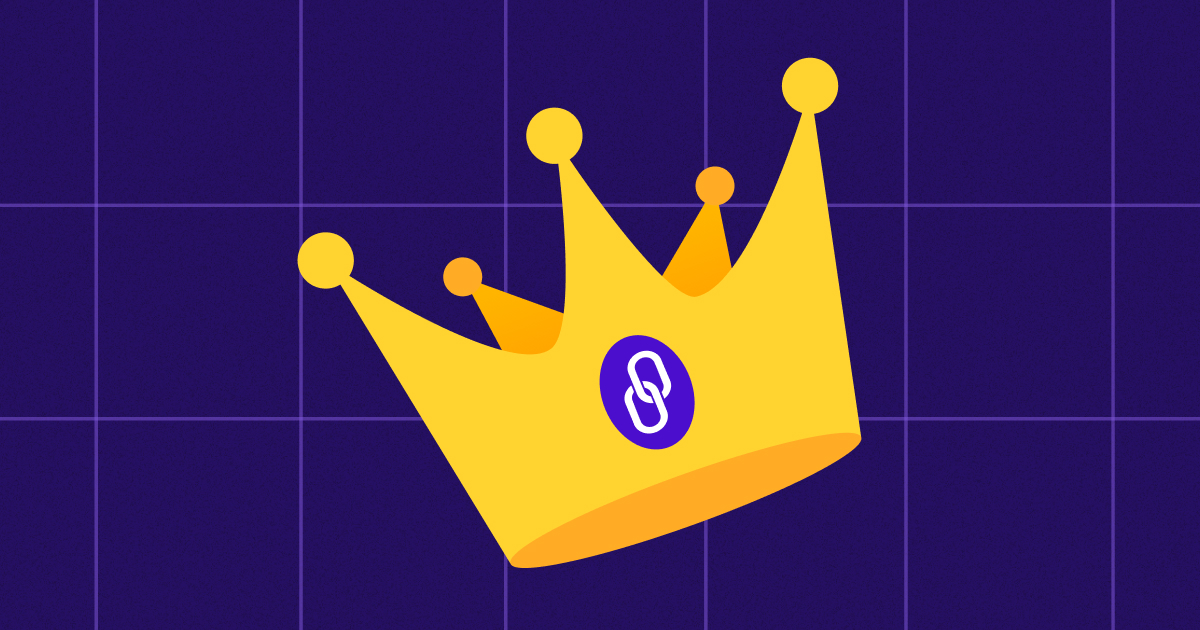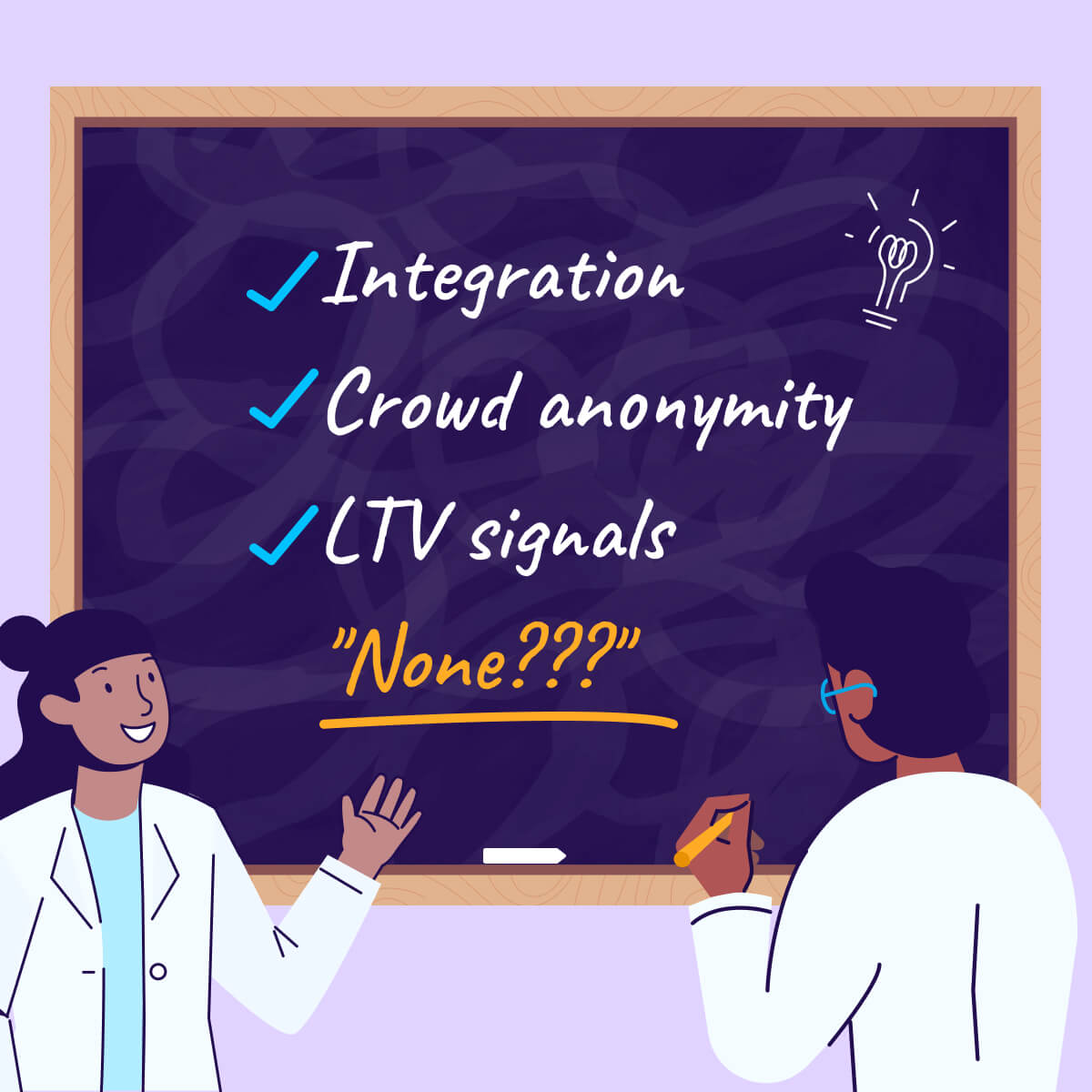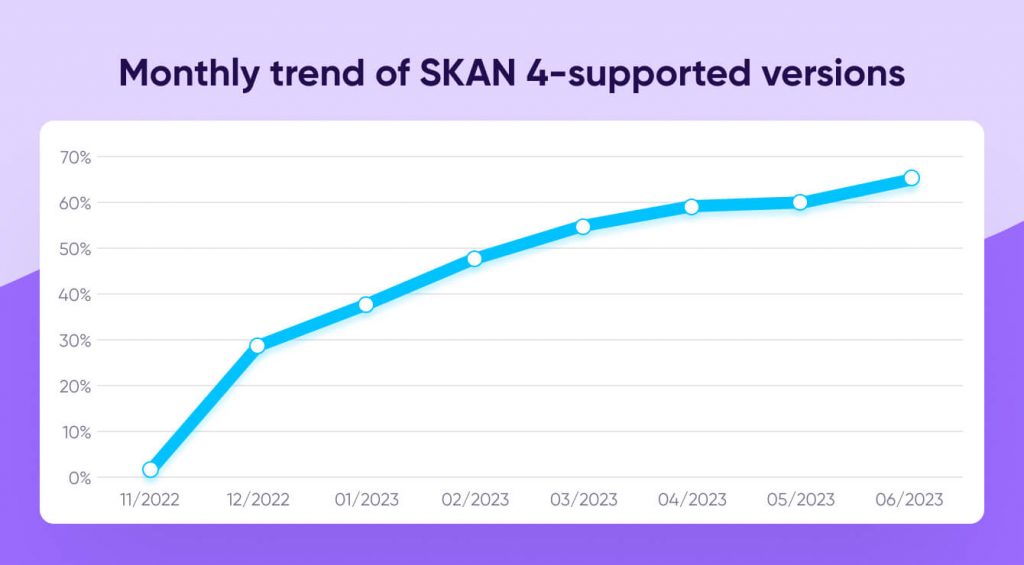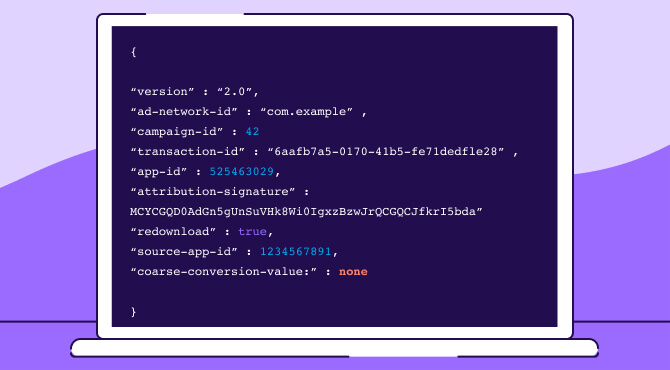
Putting SKAN 4.0 to the test: Here’s what we found out

Seven months have zoomed by since the launch of SKAN 4.0. Have we discovered a trove of new insights during this time, or are we still navigating through unknown waters?
As we absorb the latest buzz from WWDC 2023, including SKAN 5.0, let’s not forget that our primary focus in the near future remains SKAN 4.0 – in itself a massive improvement compared to SKAN 3.0 that is about to unfold.
With ad networks preparing for the big switch, one thing is clear: thorough testing is crucial. To ensure a smooth transition and gain valuable insights, we’ve teamed up with industry leaders to test the latest version of SKAN. In this blog post, we’ll delve into the impact that SKAN 4.0 has had so far and share some interesting insights.
On the verge of transformation
Over the past seven months, we’ve seen a gradual increase in the number of SKAN 4.0 postbacks. According to our data, approximately 65% of mobile users are already using operating system versions that support SKAN 4 (16.1.1 and up). This high percentage means that there is a substantial user base that is compatible with SKAN 4.0, which will contribute to wider adoption and usage of the updated framework.

It’s also worth noting that nearly 20% of app developers and campaign managers have upgraded to the AppsFlyer SKAN 4-supported SDKs — an impressive figure considering the fact that SKAN 4.0 is still not supported by the leading ad networks. This indicates that the market has begun to recognize the advantages and opportunities that come with SKAN 4.0. By proactively adopting the updated SDKs, they’re ready to make the most of the enhanced measuring capabilities and attribution models offered by SKAN 4.0.
Overall, the industry’s response to SKAN 4.0 is encouraging. Ad networks are actively testing the new version, and a good number of users and developers have already embraced the necessary infrastructure changes. This puts the ecosystem in a good position for a successful transition to SKAN 4.0, as we get closer to unlocking its full potential.
Testing the waters
During the testing phase of SKAN 4.0, we had the chance to team up with three prominent ad networks and collaborate with around ten major advertisers. This enabled us to collect valuable insights as we tested different implementations from both the ad network and advertiser perspectives. By closely working with industry leaders, we explored various scenarios, uncovered potential challenges, and gained essential knowledge that will shape the successful adoption of SKAN 4.0.
On the ad network side, we examined the integration of SKAN 4.0 within existing systems. On the advertiser side, our main focus was testing how SKAN 4.0 integrates with various advertising campaigns. We wanted to see how accurate and reliable the conversion data is, analyze its impact on campaign performance metrics, and explore the relationship between cohort size and SKAN 4.0 tiers.
After diving into our extensive testing process, we’ve dug up plenty of valuable insights and got the answers to some of our most pressing questions:
How complicated is the integration with SKAN 4.0?
The integration of SKAN 4.0 into the existing systems of both ad networks and advertisers went incredibly smoothly. With the help of Conversion Studio, which facilitates a seamless transition to the new schema by transferring your previous schema to the new mode, advertisers were able to access all the latest SKAN 4.0 capabilities. This includes features like coarse-grained conversion values, 3 postbacks configuration, and LockWindow, which empower advertisers to optimize their strategies and establish effective measurement setups with ease.
Where’s the line between different Crowd Anonymity tiers?
Apple’s crowd anonymity in SKAN 4.0 caught a lot of attention, especially in terms of figuring out the budget needed to gather user behavior signals and measure campaign performance.

In our analysis, we’ve discovered that you only need a few installs per app, per campaign, per day to move from Tier 0 to Tier 1. This suggests that SKAN 4.0 campaigns will likely have a lower campaign null rate, and the coarse grain conversion value will cover the desired traffic ratio, just like we initially assumed.
We also noticed that the threshold between Tier 1 and Tier 2 wasn’t very high. In fact, we saw cases where campaigns jumped straight from Tier 0 to Tier 2. This means that achieving a fine conversion value doesn’t require a large budget – often just a few dozen installs will do the trick. However, reaching Tier 3, which gives you the source app ID dimension, requires a significant increase in the number of installs.
Another valuable aspect of SKAN 4.0 is the higher campaign hierarchy with the new source identifier field. It can now support up to 4 digits. Interestingly, you can get those extra digits with just a few dozen installs. This gives ad networks the chance to enrich their campaign hierarchy or expand their testing range.
How to reach longer LTV signals?
While exploring ways to obtain longer LTV performance data using SKAN 4.0, we made an interesting discovery. Apps where the advertiser set the Low coarse-grained conversion value as a “session” for the 2nd window had a significantly higher likelihood of receiving the 2nd postback compared to apps with a different behavior set for the Low coarse-grained conversion value.
So, if you want to prioritize activation or retention measurement in your campaign, we recommend setting the Low coarse-grained conversion value as “session.”
What does the “none” value represent?
We made another noteworthy discovery during our testing phase. Apple’s reporting now includes a new value called “none” for coarse-grained conversion values, in addition to the documented null, Low, Medium, and High values.

This “none” value is used to indicate cases where the campaign exceeded the privacy threshold to receive a coarse-grained conversion value, but no specific value was set. As a result, Apple sends “none” to indicate the absence of a set value and to notify a postback from Tier 1.
While analyzing this new value, we have come across another important observation: the ASA UpdateConversionValue API does not align with SKAN 4.0. In SKAN 4.0, the updated conversion value function (UpdateConversionValue) modifies the coarse conversion value. However, the previous ASA API does not perform this update. This misalignment poses a risk to the SKAN 4.0 reporting process as it can potentially overwrite coarse signals. To ensure the integrity of the SKAN 4.0 flow, we have implemented multiple protection layers to prevent any accidental overwriting of coarse values.
Key takeaways
As we near the end of our testing journey with SKAN 4.0, it’s quite clear that the industry is gearing up for a significant transition. With major ad networks embracing SKAN 4.0, we can expect a noticeable shift in traffic.
Though we haven’t reached the same levels as SKAN 3 just yet, we’re already uncovering valuable trends. The insights gained from our collaborative testing efforts provide us with helpful guidance to fine-tune our strategies. By leveraging these insights, we’ll be well-prepared to navigate the upcoming changes and seize the opportunities presented by SKAN 4.0.




